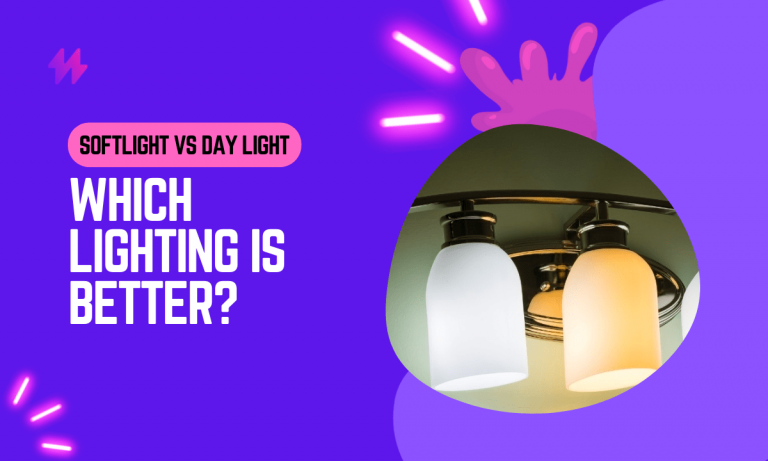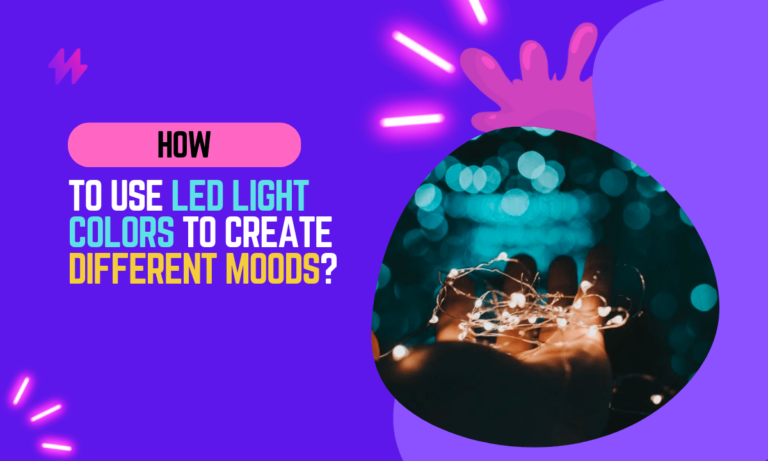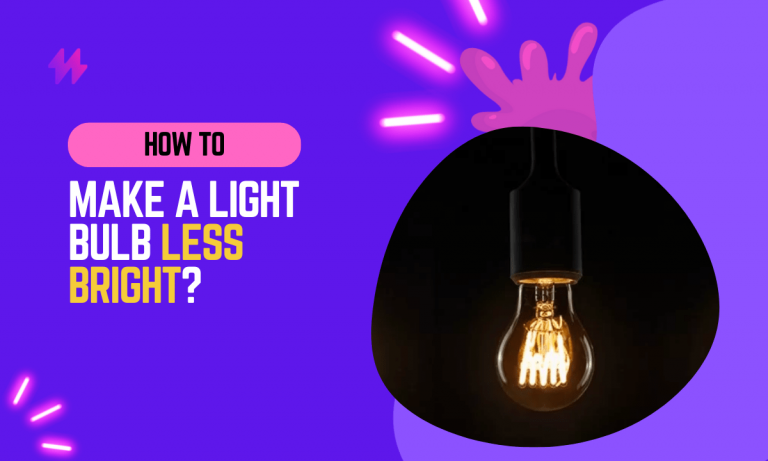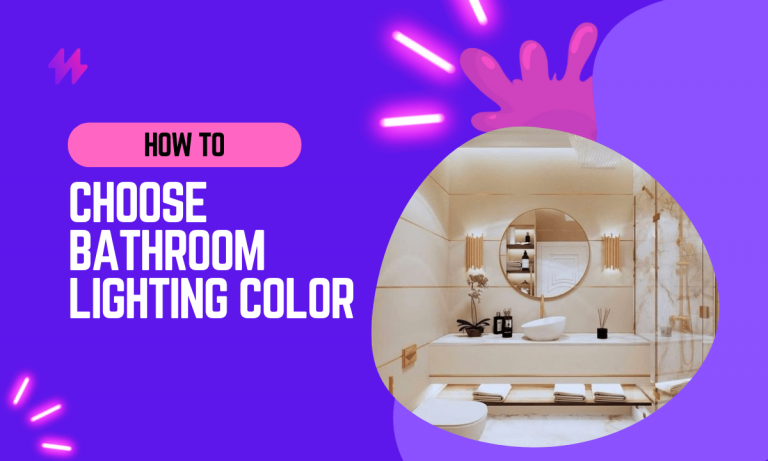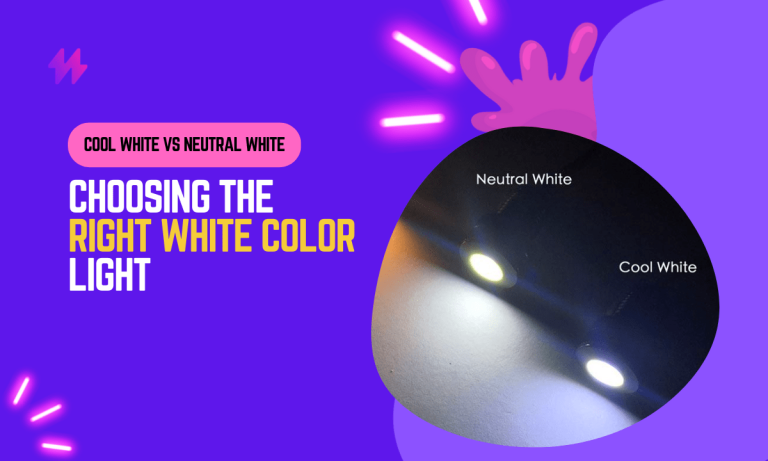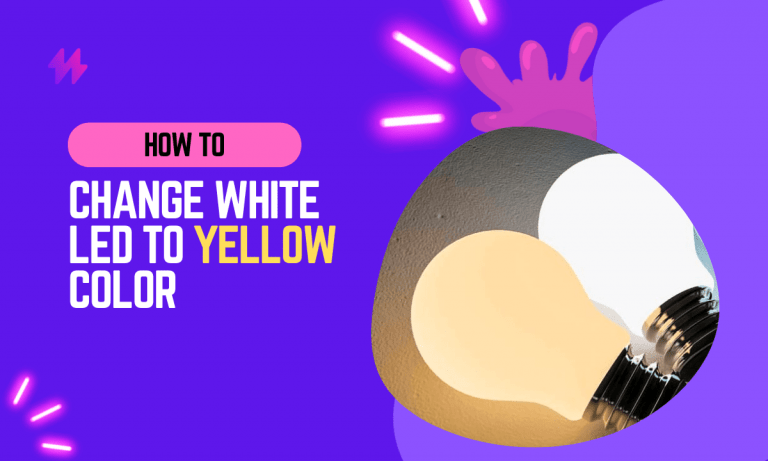How to Choose the Best Night Light Color for Sleep in 2024?
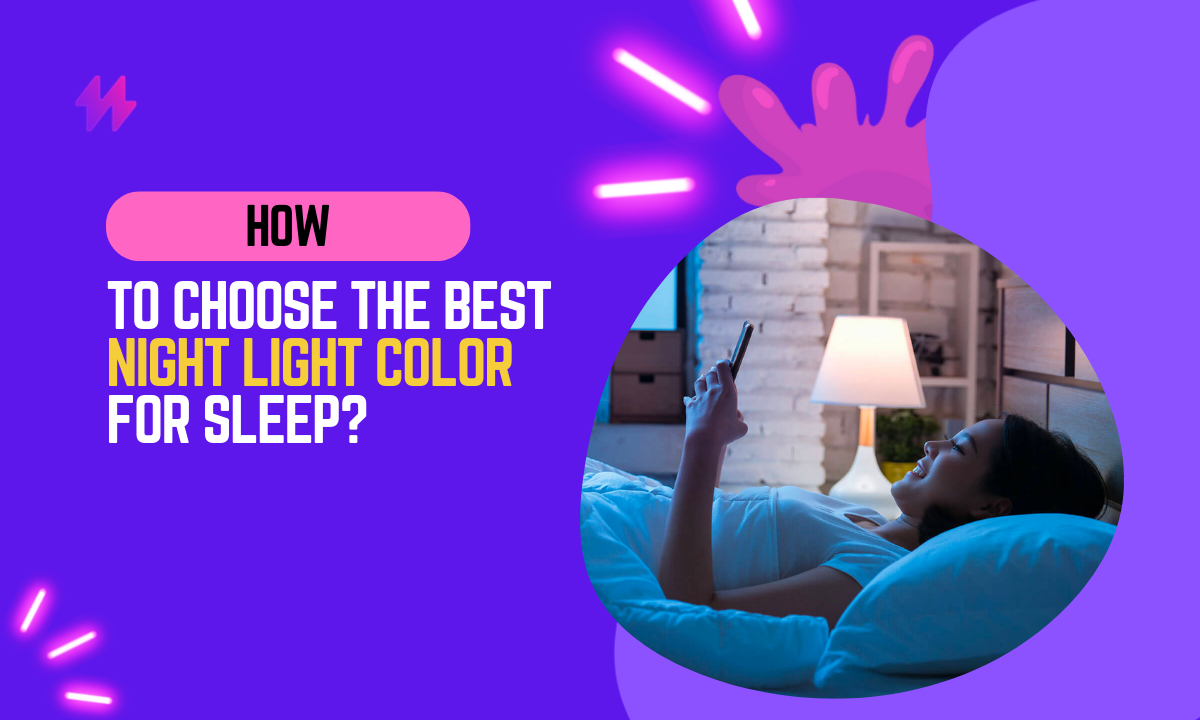
Do you have trouble falling asleep or staying asleep? If so, you may want to consider changing the color of your night light. Studies have shown that different colors of light can affect our sleep patterns, and choosing the right color can help you get a better night’s rest.
In this article, I will discuss the best night light color for sleep. I will also share some tips on how to choose the right night light for your needs. In my work, I have helped people choose the right night light color for their needs, and I have seen how this can make a significant difference in their sleep quality.
I believe that choosing the right night light color can be an important part of getting a good night’s sleep. If you are struggling with sleep, I encourage you to experiment with different colors of light until you find one that helps you to get the rest you need.
How to Choose the Best Night Light Color for Sleep?

When it comes to choosing the best night light color for sleep, there are a few things to consider. First, you want to choose a color that is not too bright. Bright light can interfere with sleep, so you want to choose a night light that emits a soft, warm glow.
Second, you want to choose a color that is not too stimulating. Some colors, such as blue and green, can be stimulating and make it difficult to fall asleep. You want to choose a more relaxing color, such as red, orange, or yellow.
Finally, you want to choose a color that is comfortable for you. Some people find that certain colors are more relaxing than others. Experiment with different colors until you find one that you find most helpful for sleep.
The following are some of the best night light colors for sleep:
- Blue
- Green
- Violet
- Light gray
- White
These colors are all cool and have a calming effect on the mind and body. They can help to promote relaxation and sleep.
Here are some tips for choosing the right night light for you:
- Choose a night light that emits a soft, warm glow.
- Choose a night light that is not too stimulating.
- Choose a night light that is comfortable for you.
- Experiment with different colors until you find one that helps you to get the rest you need.
The color of your night light can have a significant impact on your sleep quality. Some colors are more conducive to sleep than others, and choosing the right one can help you get a better night’s rest.
Also read: Can You Sleep with LED Strip Lights On?
What Colors Are Best for Sleep?
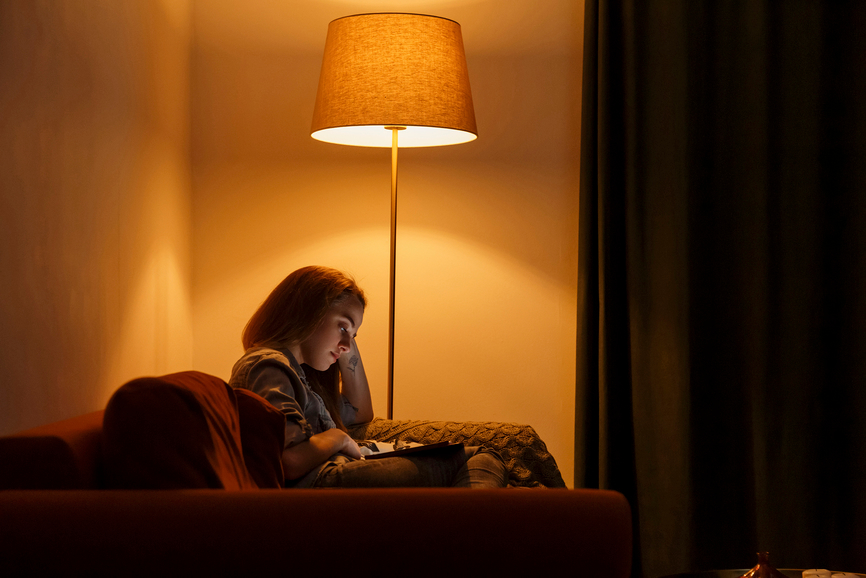
When it comes to sleep, the best colors are cool colors, such as blue, green, and violet. These colors have a calming effect on the mind and body and can help to promote relaxation and sleep.
Warm colors, such as red, orange, and yellow, are not as conducive to sleep. These colors can be stimulating and can interfere with sleep.
How to Choose the Right Night Light Color?
When choosing a night light for sleep, it is important to consider the following factors:
- The color of the light
- The brightness of the light
- The location of the light
The color of the light is the most important factor to consider. As mentioned above, cool colors are best for sleep, while warm colors are not as conducive to sleep.
The brightness of the light is also important. A night light should be bright enough to illuminate the room, but not so bright that it is disruptive to sleep.
The location of the light is also important. The best place for a night light is in a location where it will not shine directly into your eyes.
Also read: Soft White vs Warm White: LED Light Color
How to Use a Night Light for Sleep?
To use a night light for sleep, follow these steps:
- Choose a night light that is the right color, brightness, size, and type for your needs.
- Place the night light in a convenient location in your bedroom.
- Turn on the night light before you go to bed.
- If you wake up in the middle of the night, use the night light to help you find your way around without turning on a bright light, which can disrupt sleep.
The night light should help to create a relaxing environment and promote sleep.
Also read: How to use LED Light colors to create different moods?
FAQs
Below you can find the most frequently asked questions about the best night light color for sleeping comfortably.
What is the best night light color for sleep?
There is no one-size-fits-all answer to this question, as the best night light color for sleep will vary depending on individual preferences. However, some general guidelines include:
- Blue light should be avoided at night, as it can interfere with sleep. Blue light is emitted by electronic devices such as smartphones, tablets, and computers, and it has been shown to suppress melatonin production, which is a hormone that helps regulate sleep.
- Warm colors, such as red, orange, and yellow, are typically more conducive to sleep than cool colors, such as blue and green. This is because warm colors have a calming effect on the mind and body, which can help promote relaxation and sleep.
- The brightness of the night light should also be considered. A night light that is too bright can be disruptive to sleep, while a night light that is too dim may not be effective in providing enough light to help you find your way around in the dark.
What are the risks of using a night light?
There are a few potential risks associated with using a night light, including:
- Blue light exposure can interfere with sleep.
- Too much light can be disruptive to sleep.
- Night lights can be a fire hazard if they are not properly installed.
You may also like: How To Make A Light Bulb Less Bright Effectively?
Conclusion
In conclusion, selecting the optimal night light color for sleep is crucial for enhancing sleep quality and overall health. As research into the effects of light on sleep deepens, it has become clear that not all colors affect our circadian rhythms in the same way. Cooler light colors, like blue and white, have been shown to inhibit the production of melatonin, the hormone responsible for regulating sleep, making them less ideal for night lighting. Conversely, warmer tones, such as red and orange, are beneficial in promoting sleep as they have minimal impact on melatonin production. These insights are particularly useful in 2024, as technological advancements have allowed for greater customization of night light features, enabling users to select and modify their night light’s color based on scientifically backed recommendations.
Moreover, when choosing a night light for sleep, it’s important to consider the specific needs of the user. For instance, individuals who require a night light for nighttime navigation or for children’s rooms may find that slightly brighter and cooler hues are necessary to provide sufficient illumination without being overly stimulating. On the other hand, for those particularly sensitive to light during sleep, opting for a dim, red-toned light can be the best choice. The advent of smart lighting technology now also allows for night lights to be programmed to change colors and intensity based on the time of night, aligning with the body’s natural sleep-wake cycle. Thus, the decision on the best night light color for sleep must balance personal comfort, the particular sleep environment, and the latest research on light’s physiological impacts, ensuring that the chosen solution provides the perfect backdrop for a restful night’s sleep in 2024.

